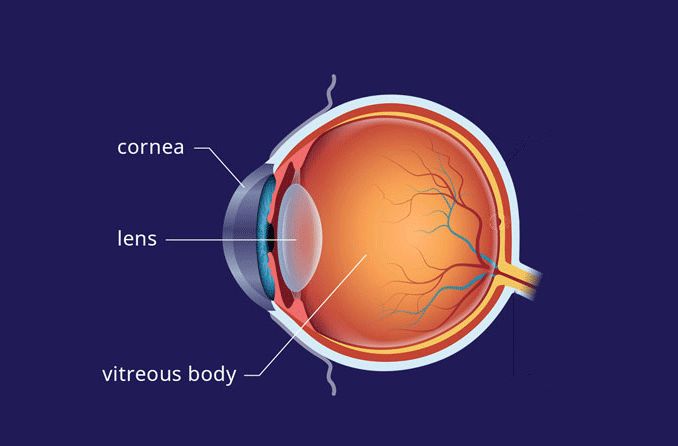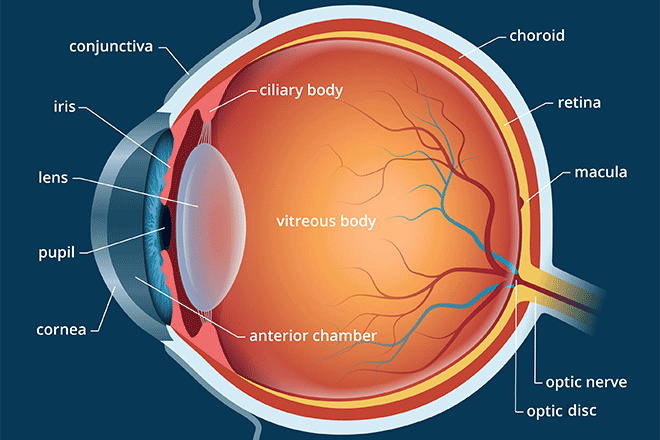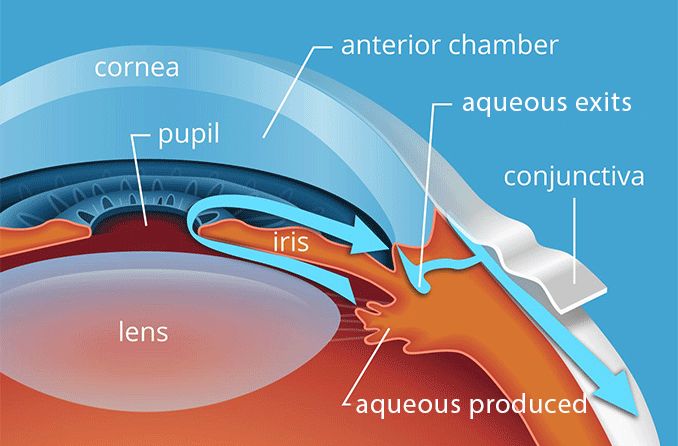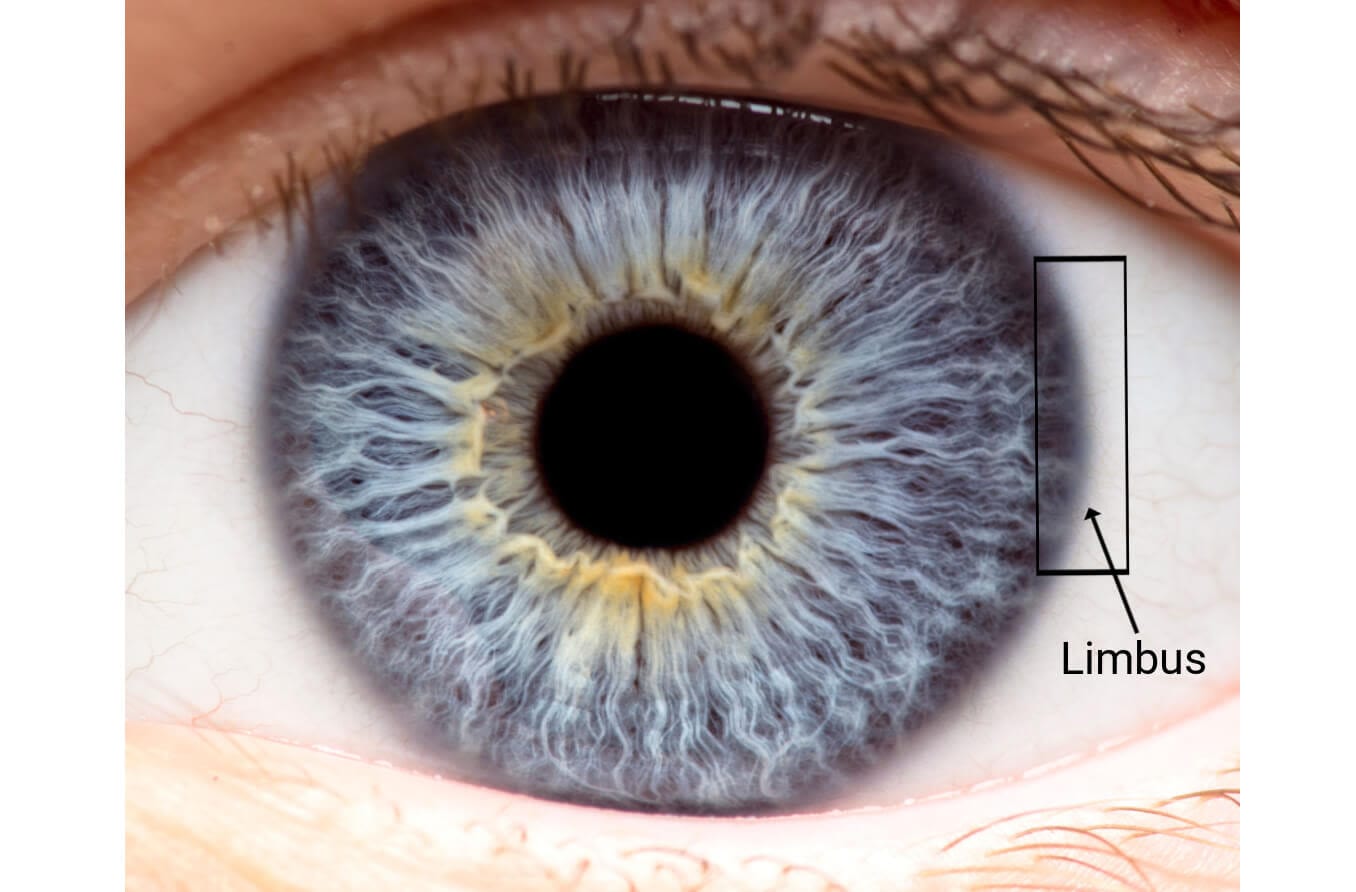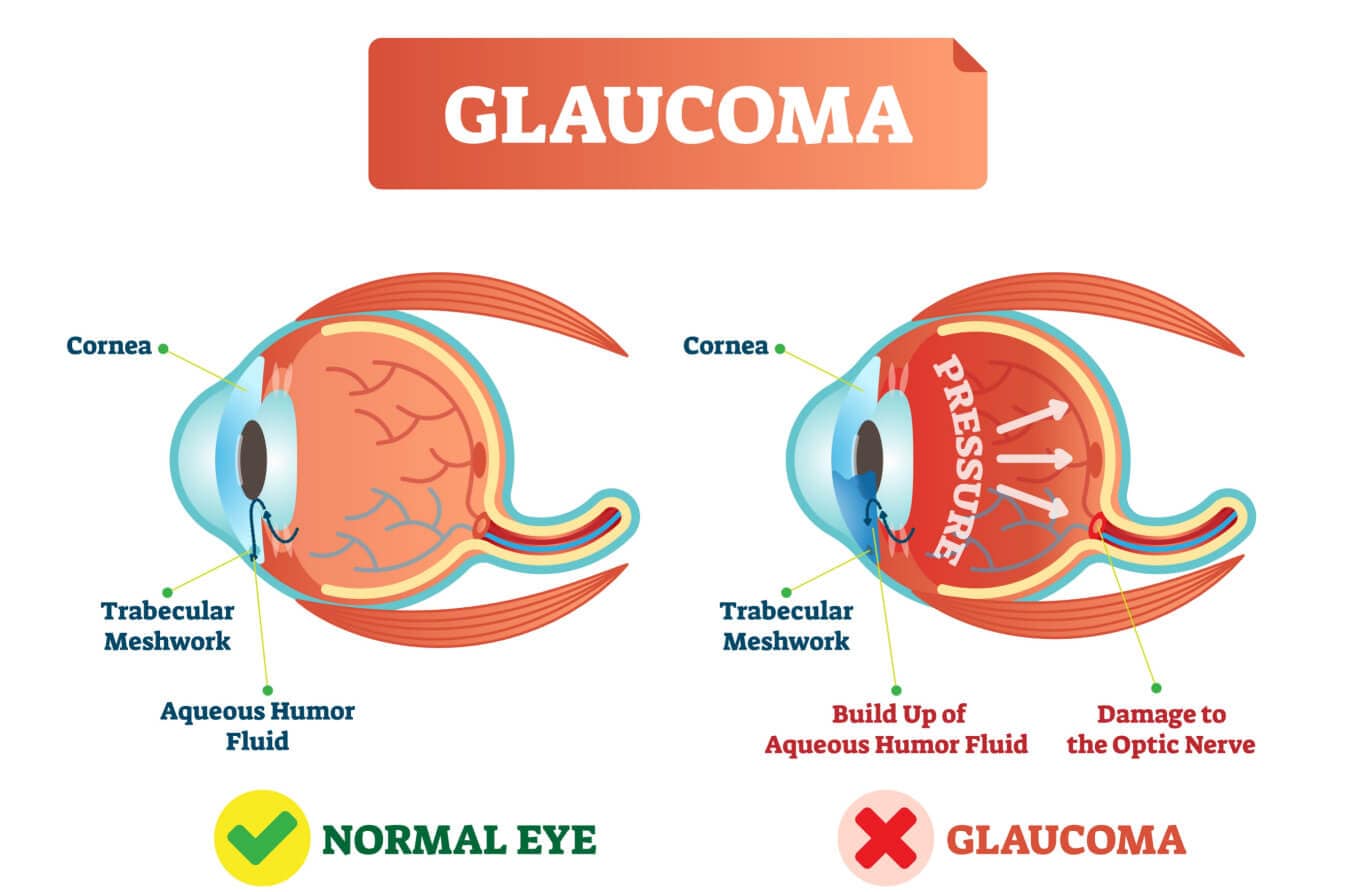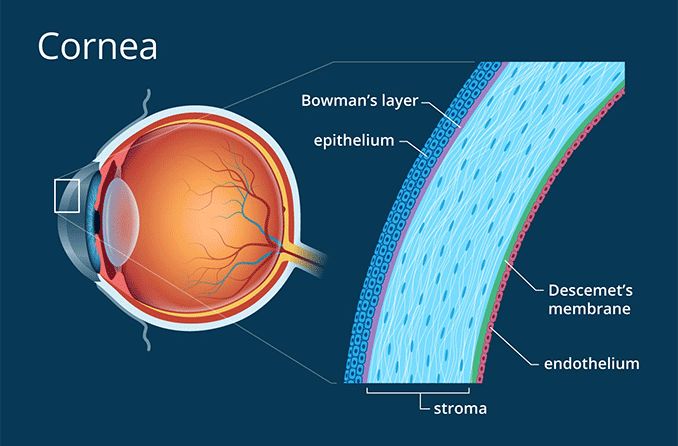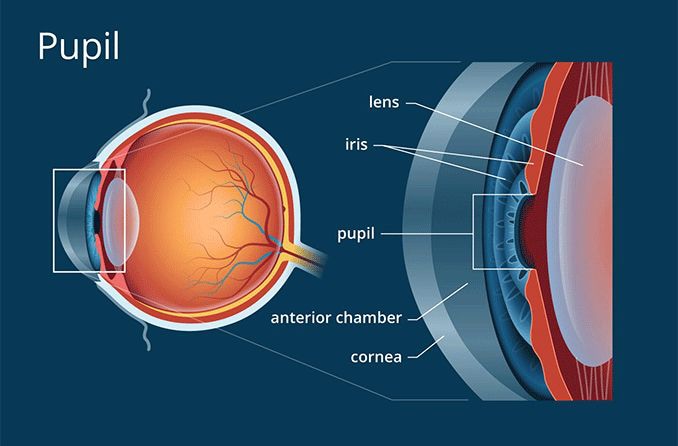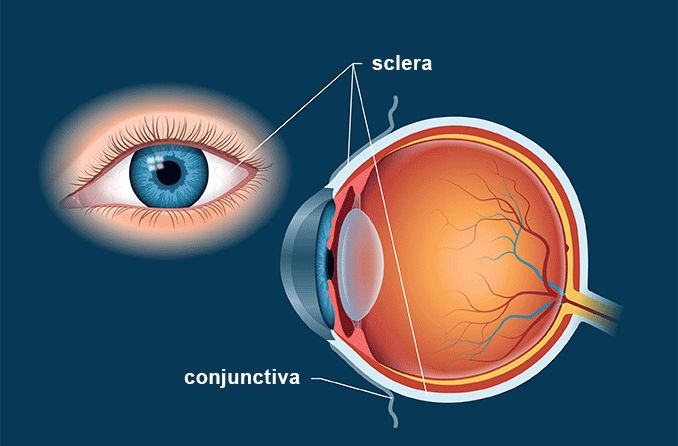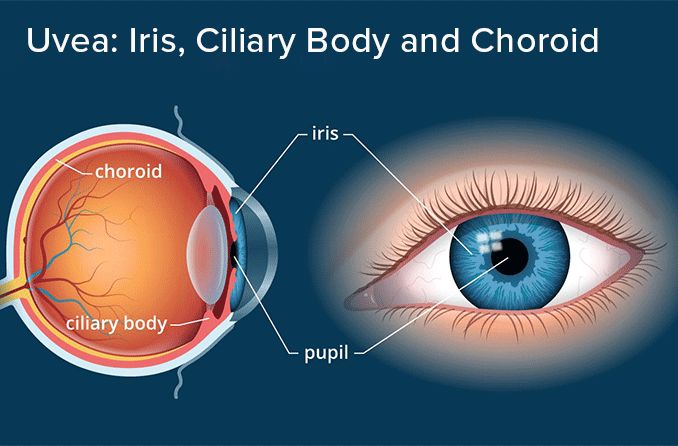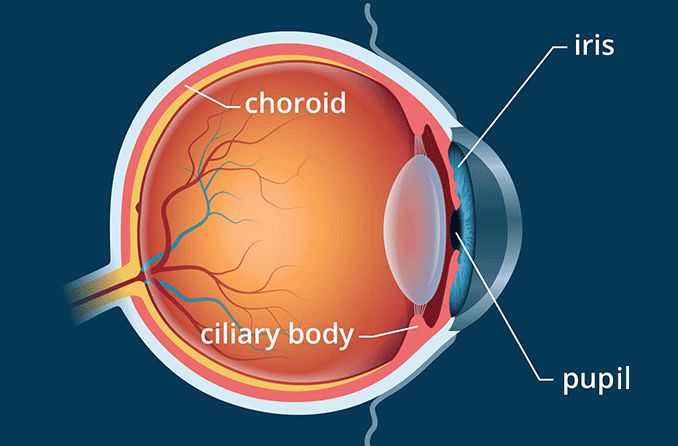What is the lens of the eye?
The lens of the eye, also called the crystalline lens, is an important part of the eye’s anatomy that allows the eye to focus on objects at varying distances. It is located behind the iris and in front of the vitreous body.
In its natural state, the lens looks like an elongated sphere — a shape known as ellipsoid — that resembles a deflated ball. The average lens size in adults is approximately 10 mm across and 4 mm from front to back.
The lens is made up almost entirely of proteins. In fact, proteins make up nearly 60% of the eye’s lens — a higher protein concentration than any other bodily tissue. The tissue is transparent, which allows light to easily enter the eye. It’s also flexible, so it can change shape and bend the light to focus properly on the retina.
